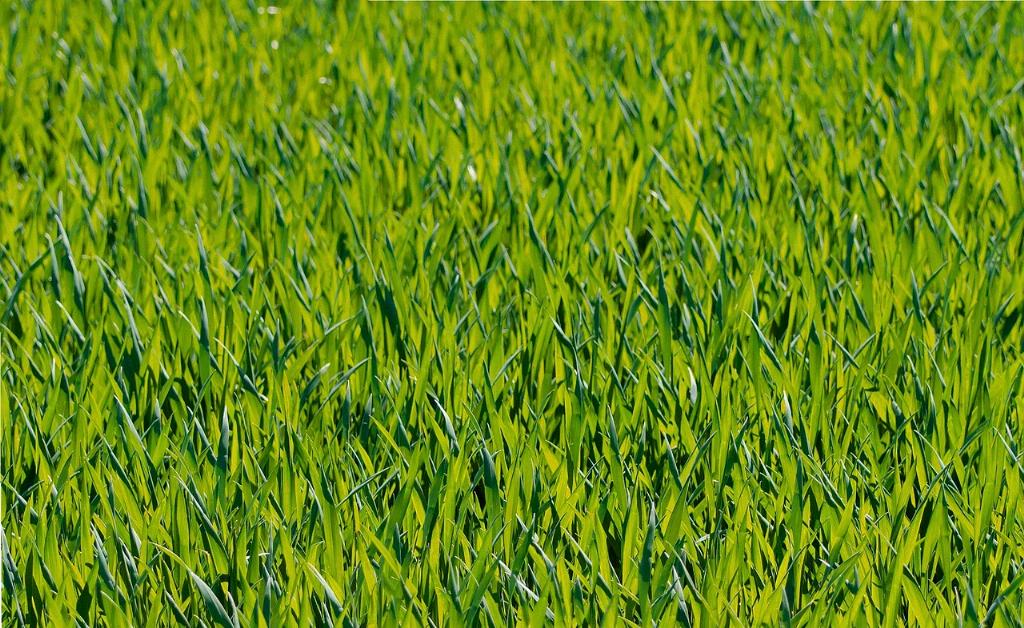When it comes to maintaining a healthy and lush lawn, mowing frequency plays a crucial role. While the general rule of thumb is to mow your lawn weekly, there are various factors to consider that may influence how often you should mow your grass.
One key factor to take into account is the growth rate of your lawn. Some lawns may grow at a faster pace, requiring more frequent mowing, while others may have a slower growth rate, allowing for longer intervals between mowing sessions.
It is important to avoid cutting off more than one third of the grass blade during each mowing session. Removing more than this amount can put unnecessary stress on the grass, leading to potential damage and hindering its growth.
Regular mowing not only helps to maintain the aesthetic appeal of your lawn but also contributes to its overall health. By keeping your grass at an optimal height, you can promote stronger root development and ensure better resistance to pests and diseases.
During periods of active growth, such as in the spring and summer months, you may need to mow your lawn more frequently to keep it looking neat and well-maintained. Conversely, in the fall and winter, when grass growth slows down, you can reduce the frequency of mowing sessions accordingly.
Another factor to consider is the season and weather conditions. In times of drought or extreme heat, it is advisable to mow your lawn less frequently to avoid causing additional stress to the grass. Conversely, during periods of optimal growth conditions, you may need to adjust your mowing schedule accordingly.
It is also important to take into consideration the type of grass you have in your lawn. Different grass species have varying growth patterns and maintenance requirements, which may influence how often you should mow your lawn.
Regular mowing helps to prevent the build-up of thatch, a layer of dead grass and organic matter that can suffocate the lawn if left unattended. By mowing regularly and at the appropriate height, you can facilitate the decomposition of thatch and promote a healthier lawn.
When mowing your lawn, it is recommended to alternate the mowing direction each time to prevent grass from developing a grain and ensure a more even cut. This practice can also help to reduce soil compaction and promote better air circulation to the grass roots.
Ultimately, the ideal mowing frequency for your lawn will depend on a combination of factors, including grass growth rate, season, weather conditions, and grass type. By observing your lawn closely and adjusting your mowing schedule accordingly, you can help maintain a vibrant and thriving lawn all year round.
In conclusion, the key to a well-maintained lawn lies in finding the right balance between regular mowing and proper mowing techniques. By taking into account the various factors discussed above and tailoring your mowing schedule to suit the specific needs of your lawn, you can ensure that your grass remains healthy, vibrant, and resilient.

